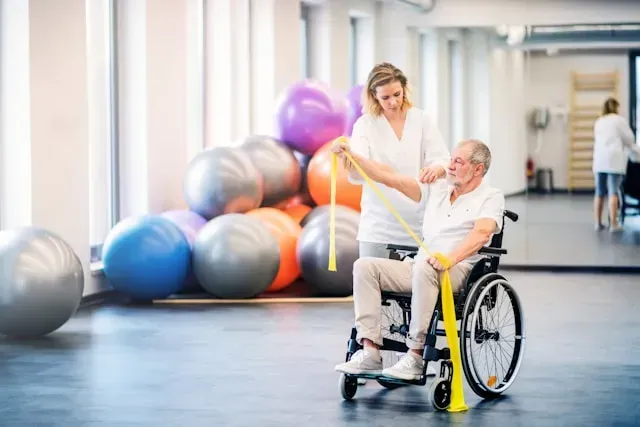
Physical Therapy Treatments
Discover essential Physical Therapy Treatments and techniques. Click here for insights into effective patient care and rehabilitation strategies.
Get carepatron free
Commonly asked questions
The four main types include orthopedic physical therapy for musculoskeletal injuries; neurological physical therapy for brain conditions such as stroke and Parkinson's; geriatric physical therapy for age-related issues; and pediatric physical therapy to support children with development challenges.
Orthopedic physical therapy is the most common, focusing on musculoskeletal injuries, recovery after surgery, and improving mobility and strength.
A physical therapist (PT) is a licensed professional who provides physical therapy services. A doctor of physical therapy (DPT) is an advanced degree for physical therapists, indicating higher education and clinical expertise in the field.







